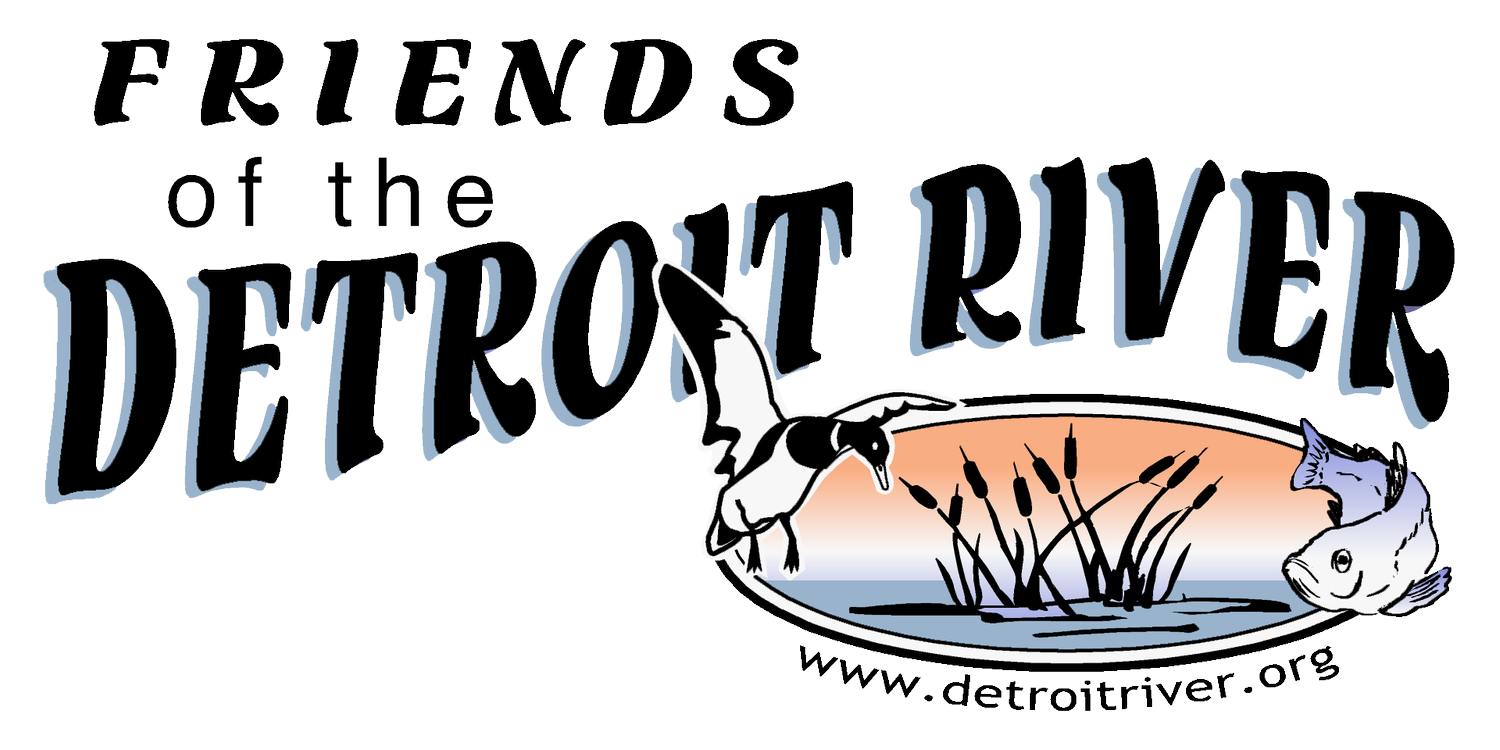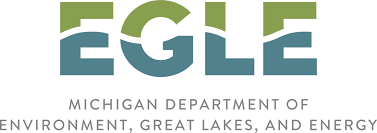
Detroit River Sediment Remediation Collaborative
Working together to remove contaminants that have settled at the bottom of the Detroit River that negatively impact the health of the ecosystem and those who depend on it.
Purpose
The purpose of the Sediment Remediation Collaborative (SRC) is to identify and engage stakeholders interested in sediment remediation efforts in the Detroit River. The stakeholders will serve as well-informed, empowered partners supporting project conception, design, implementation, and contributing partial funding support, in some cases.
The SRC aims to advance remediation projects addressing contaminated sediment in the Detroit River Area of Concern (AOC). This group will accelerate the removal of the remaining AOC Beneficial Use Impairments (BUIs), which include restrictions on fish and wildlife consumption, fish tumors or other animal deformities, bird or animal deformities, degradation of benthos (bottom-dwelling animals) and restrictions on dredging. Speeding up AOC delisting is a priority for EPA, as is Superfund site delisting.
The SRC facilitates collaborative meetings to engage project partners to enable progress towards removing BUIs, share information with the general public, and provide updates on anticipated sediment remediation work. The collaborative works to ensure broad engagement and common practices across projects, maintaining a focus on advancing the delisting process and on improving the health of the Detroit River.
A look into the river’s history
The Detroit River has historically served as a vital waterway for both industrial use and drinking water supply. Heavily industrialized, it has provided water for various industries for over a century. The discharging of untreated waste from industrial activities, combined with urban development and stormwater runoff, has led to decades of environmental degradation. These pollution sources have resulted in elevated concentrations of harmful substances in river sediment such as bacteria, polychlorinated biphenyls (PCBs), polycyclic aromatic hydrocarbons (PAHs), heavy metals, oils, and greases.
While industrialization has been crucial to the region's development, it has also brought significant environmental consequences. As a result, the Detroit River is designated as a Great Lakes AOC, a classification for waterways requiring substantial remediation and restoration efforts to improve their ecological health. Areas of Concern are assessed based on 14 beneficial use criteria, which can be found here. Currently, the Detroit River has nine remaining BUIs.
Contaminated sediments in the Detroit River continue to impact the ecological health and function of the river, as well as public use and enjoyment. Chemicals from the sediments are being transferred to fish and wildlife species that live in and around the river. The presence of contaminated sediments is directly linked to five of the nine remaining impairments in the Detroit River AOC, hindering progress toward full ecological restoration.
Envisioning the future
Substantial progress has been made on the Detroit River to address habitat and wildlife BUIs. Friends of the Detroit River has successfully administered over $50 million in funding through the Great Lakes Restoration Initiative (GLRI) for habitat restoration efforts. Much work remains, however, to more fully restore the river’s ecosystem.
The SRC is looking to increase coordination capacity to move our shared vision and goals for sediment remediation forward. The GLRI is the largest federal investment program for the Great Lakes, accelerating efforts to protect and restore the world's largest system of fresh surface water.
The Great Lakes Legacy Act (GLLA) is the primary program for reducing toxic substances in the Great Lakes by remediating contaminated sediments in designated AOCs. Administered through the GLRI, the GLLA provides essential funding for collaborative restoration of contaminated sediments in Great Lakes AOCs. The program is entirely voluntary and requires a partnership between the federal government and non-federal sponsors, with each contributing to the cost of remediation efforts. The projects supported by the GLLA require a minimum 35 percent match from non-federal sponsors.
Target Areas for sediment remediation in the Detroit River
Harbortown Upstream Shoreline
Harbortown Shoreline
Riverbend Shoreline
Riverside Park Shoreline
River Rouge/Ecorse Shoreline
Upper Trenton Channel
Mid-Lower Trenton Channel
Monguagon Creek (MCUTC)
Elizabeth Park Canal
Gibraltar Canals
Collaborative Facilitators
Detroit River Public Advisory Council
Friends of the Detroit River
Michigan Department of Environment, Great Lakes, and Energy (EGLE)
U.S. Environmental Protection Agency Great Lakes National Program Office (EPA GLNPO)
LimnoTech
Resources
Sediment Remediation Collaborative Documents
Other Related Resources
Want to get involved in this collaborative?
Funding for the Detroit River Sediment Remediation Collaborative comes from the Michigan Department of Environment, Great Lakes, and Energy.




